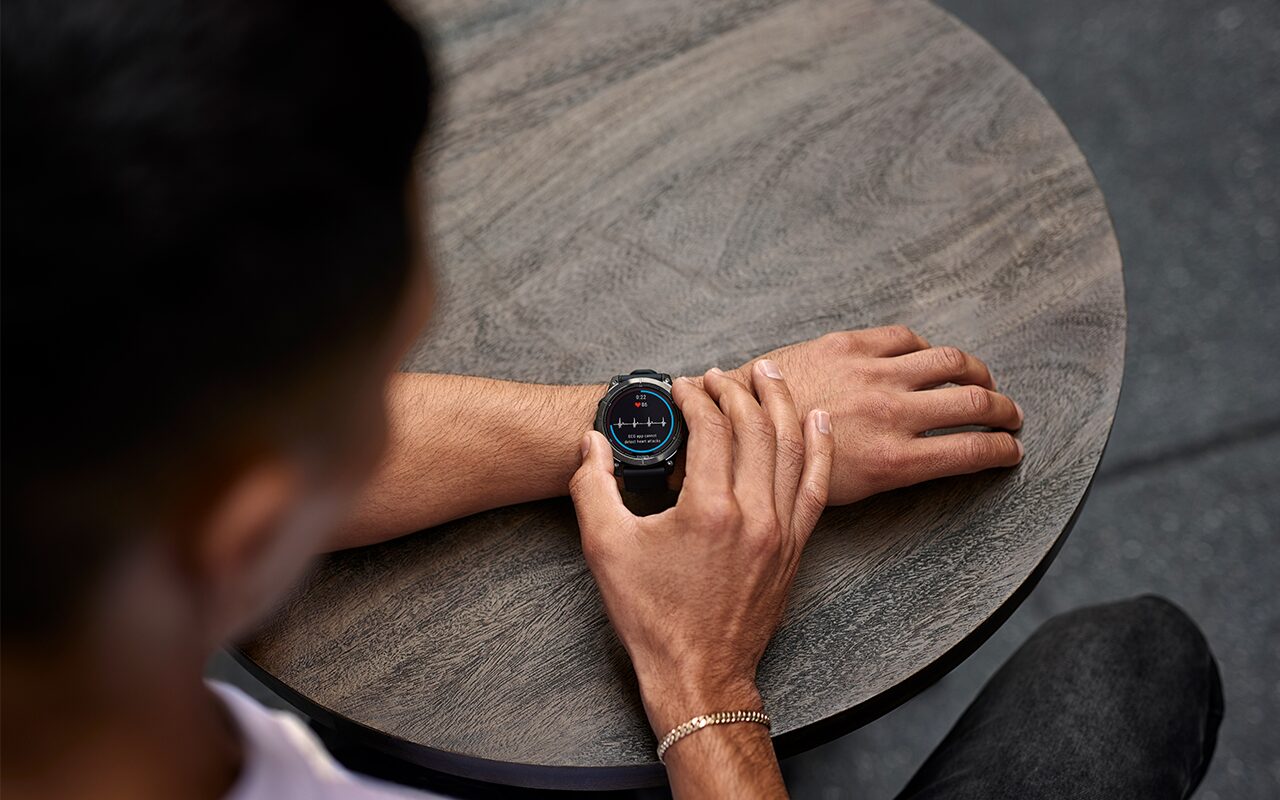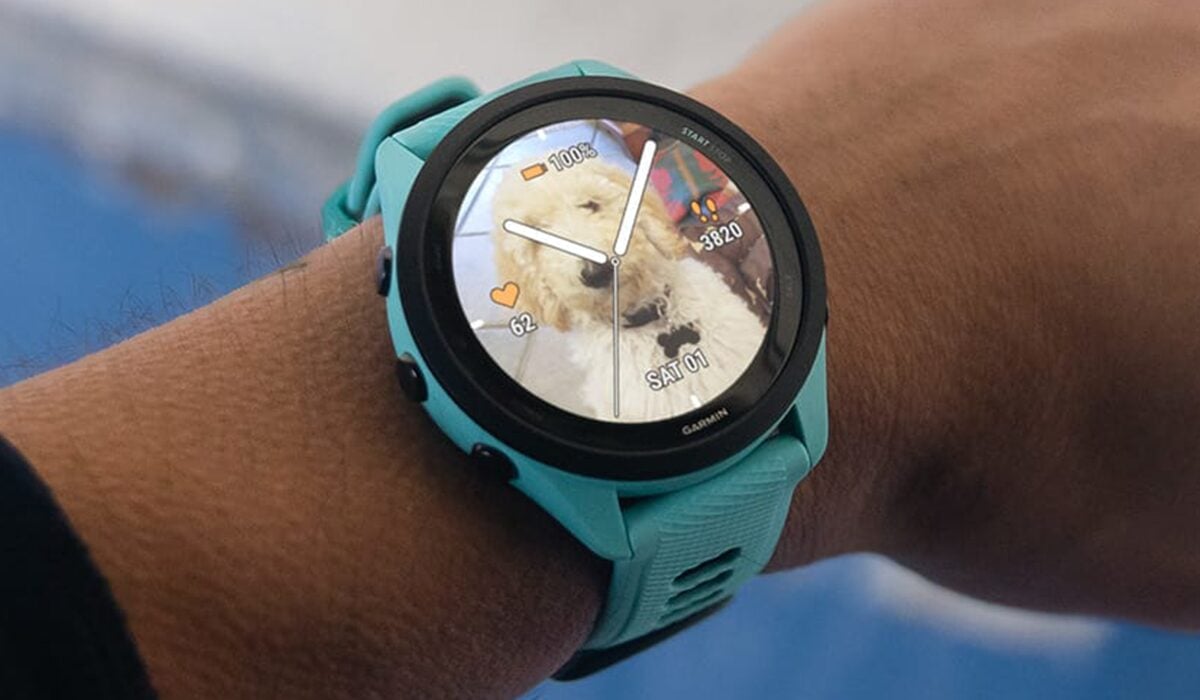
So You Want to Run a Half Marathon? Here’s How to Do It Without Running Yourself Ragged!
The half marathon is becoming an increasingly popular distance. This training plan will help you achieve a sub-2 hour finish for the 13.1-mile route.
Health-driven half marathoners versus ego-driven marathoners
The marathon madness of recent years has morphed into a half marathon craze. More and more road races at this distance pop up every year. And that’s hardly surprising, firstly because training for a half marathon consumes a lot less of your time and energy, and secondly because your body is subjected to a lot less stress in half than a full. It’s often said that half marathon runners are motivated by health concerns, whereas marathon runners are in it for the ego.
The following training plan will tell you exactly how to get around the 13.1-mile/92½-yard course, and—if all goes well—how to finish under the magic 2-hour mark.
Structure your training
A half marathon is no joke and should never be attempted without extensive training. The length of time it will take you to prepare depends primarily on where you’re starting. Someone whose previous running experience is limited to the odd jog around the park will need longer than someone who runs 5–10 km on a regular basis. Sit down and draw up a plan for your race training. This will ensure that your training has the necessary structure, and stop you finding reasons to skip your least favorite sessions.
The sub-2:00 half marathon
Keen runners subscribe to the unwritten rule that you should either complete a half in under two hours or come back again next year. That’s why our training plan is designed not to exceed this magic threshold. Around 80% of the program consists of endurance runs of different lengths and intensities, and about 20% consists of tempo runs. If you’re aiming for a different half marathon time, you should adopt the plan accordingly.
It’s a good idea to start this plan two or three months before race day. You should already be able to run 10 km in less than 60 minutes or 5 km in less than 28 minutes. It’s a challenge, but it’s doable!
Weeks 1 to 4: don’t overdo it!
Are you psyched up and ready to go? That’s great, but don’t forget about rest days. You should only train on three or four days per week during the first four weeks and allow your body to recover on the other days. Never schedule runs for more than two days in a row.
- On Day 1, run at a moderate pace for 40 minutes (around 75–80% of your maximum heart rate). Repeat on Day 3, ending with a few acceleration sprints. On Day 5, step up the tempo and run at a fast pace for 30 minutes (around 80 to 85% of your maximum heart rate). On Day 7, run at a slow pace for 50 minutes (no more than 70% of your maximum heart rate).
- Start Week 2 by running at a moderate pace for 40 minutes, followed by a few acceleration sprints. Later in the week, run at a slow pace for 70 minutes. End the second week by running at a moderate pace for 100 minutes.
- Week 3 is when things start to pick up a bit; start by running at a slow pace for 50 minutes followed by a few acceleration sprints, then (after a rest day) run at a moderate pace for 45 minutes. On your next training day run at a slow pace for around an hour, and then finish the week by attempting to run for 100 minutes at a fast pace for the first time.
- Week 4 sees the first appearance of proper tempo runs in your training regime. Complete 5 x 3-minute intervals, jogging slowly for three minutes after each one. On the following day, run at a moderate pace for 45 minutes. Take one rest day, then run at a fast pace for 30 minutes, before finishing the week by running at a slow pace for 90 minutes.
Weeks 5 to 8: gradually ramp it up
You’re well into your training plan by this point, and you can safely increase the effort a little. You should still take three rest days each week, however.
- Start Week 5 by running at a moderate pace for 45 minutes. Then repeat the tempo runs from last week. On the following day, run at a moderate pace for only 30 minutes to reserve your strength for a test race at the end of the week, during which you should attempt to complete a 10-km run in under 54 minutes.
- Week 6 is a recovery week. Complete three runs of between 45 and 60 minutes at a moderate pace, before ending the week with a 90-minute slow run.
- The pace picks up again in Week 7. Start the week by running at a moderate pace for 45 minutes, and then complete an interval training session in the middle of the week; 5 x 4-minute intervals, jogging slowly for four minutes after each one. Follow this up with running at a moderate pace for 45 minutes on the following day. At the end of the week, run at a slow pace for 100 minutes.
- Things get even tougher in Week 8; on Day 1, complete 7 x 6-minute intervals and really push yourself to the limit. During the rest of the week, complete two 60-minute runs (the first at a moderate pace and the second at a fast pace), and then end the week by running your first two-hour training session at a slow pace.
Weeks 9 and 10: taper in the week before the race
You’ve almost reached the end of your 10-week training plan. You can get stuck into training in the second-to-last week before the race, but the last week should be about tapering.
- Start Week 9 with a 10-km run at a fast pace, with short breaks every 2 kilometers. During the rest of the week, complete two 60-minute runs (one at a moderate pace and one at a fast pace), and then one 90-minute run (at a slow pace).
- Week 10 is all about tapering and preparation. Start by running for 30 minutes at a moderate pace, then test out your target half marathon pace in the middle of the week during a 4-km run; end your training with a very relaxed 30-minute run two days before the race.
Don’t do what I did! Running a half marathon with no training (by BeatYesterday author Florian Heil)
I ran my first half marathon more or less by chance. Three weeks before the race, someone asked me if I’d like a place. A few days later, it was a done deal. But by that point, it was far too late to train properly for the race. My basic level of fitness was not terrible — I’d been running distances of 5–10 km twice a week for years, and at a fairly speedy pace (5–5:30 minutes per km). In the two weeks before the race, I stepped up my efforts a little, stayed away from the wine and beer, and even managed once to run 11 km in one go. I thought that willpower and liberal quantities of energy gels would be enough to get me through.
The first 10 km of the race seemed to confirm my expectations. Boosted by the high spirits of the other runners and the spectators, I was past the “undulating” section of the course after 54 minutes. At kilometer 12 I decided that I needed a break, and walked through a water station. From then on my pace dropped like a stone, and every step forwards began to feel like an effort. At kilometer 17 someone was holding a sign which said “Welcome to the world of pain” — and it certainly proved true over the next 4 km. My legs were barely dialing it in, and I had no real control over them any longer. Somehow I managed to drag myself over the finish line, and I even achieved a sub-2: 00-time thanks to that speedy first half. But that race taught me one important lesson — never run a half marathon without putting a bit of effort into training beforehand.
Did you know?
If you sign up for a Garmin Connect account, you’ll have access to personalized training plans and you’ll be able to load the workouts directly into your calendar. You can also link your Garmin device (fitness tracker) to Garmin Connect to keep up to date with your training progress.
The information provided through our blog or e-mails is not intended to be and is not a substitute for, professional medical advice, diagnosis or treatment that can be provided by your own health care professional. Garmin is not attempting to diagnose, treat or cure any physical ailment, or any mental or emotional issue, disease or condition. Our blogs are intended to help you reach your own health and wellness goals.




